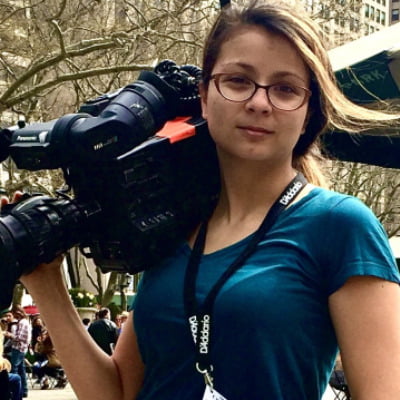BNM Writers
Chris Wallace Had The Job That Nobody Wants
“His performance in an already-difficult job was no match for the president’s disruption strategy, and it showed.”


Evan Donovan is the political anchor/reporter at WFLA in Tampa, as well as the host of its weekly political show “Battleground Florida.” His background before journalism includes ten years in the financial world, from Wall Street to London. He has lived and/or worked in four different countries but is happy to once again call the U.S. home. Compensation for his columns is donated to the National Press Photographers Association’s News Video Workshop at the University of Oklahoma. He can be reached on Twitter @EvanDonovan.
BNM Writers
Reevaluating the Relationship Between the Donald Trump Trial and News/Talk Radio
The Trump Derangement Syndrome folks care, and those rocking MAGA hats care, but the majority of the population is not nearly as interested as the news media makes this out to be.

Pete Mundo is the morning show host and program director for KCMO in Kansas City. Previously, he was a fill-in host nationally on FOX News Radio and CBS Sports Radio, while anchoring for WFAN, WCBS News Radio 880, and Bloomberg Radio. Pete was also the sports and news director for Omni Media Group at K-1O1/Z-92 in Woodward, Oklahoma. He’s also the owner of the Big 12-focused digital media outlet Heartland College Sports. To interact, find him on Twitter @PeteMundo.
BNM Writers
Radio is Ready for an AI Revolution
We need to step back and ask ourselves one question: would it really be a tragedy if radio as we know it were to change drastically?

Dave Williams spun top-40 hits in Sacramento before RKO Radio snagged him as Program Director for K-Earth in L.A. and WHBQ, Memphis. He ultimately began 40 years as morning news host at KFBK, KFWB, KNX, and KLIF, earning ten AP awards with his partners as Best News Anchor Teams in California and Texas. Dave now hosts and produces a podcast featuring some of the biggest names in radio programming and management. You can find it on YouTube and top podcast audio apps at Conversations.buzz. Follow Dave on Twitter @RadioDave.
BNM Writers
Sam Matheny Reflects on Another Successful NAB Show
“We do a lot of research and development and early-stage engineering projects to explore what some of the possibilities might be.”


Krystina Alarcon Carroll is a columnist and features writer for Barrett News Media.She currently freelances at WPIX in New York, and has previously worked on live, streamed, and syndicated TV programs. Her prior employers have included NY1, Fox News Digital, Law & Crime Network, and Newsmax. You can find Krystina on X (formerly twitter) @KrystinaAlaCarr.
















